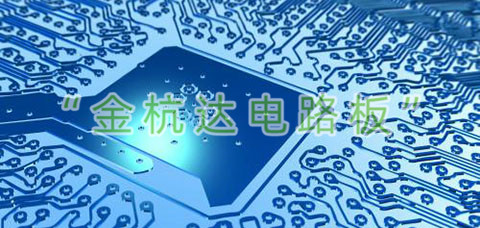At present, PCB marking processing mainly includes silk screen printing and laser marking.
The traditional silk screen printing process is rough, and the logo is easy to fall off, which is inconvenient for the user. In addition, the silk screen processing procedure is cumbersome and requires timely replacement of operators to ensure production efficiency and increase labor costs.
With its accuracy and flexibility, the laser marking machine can make up for the shortcomings of silk screen processing and gradually become the best processing tool for PCB marking, which will play a decisive role in the circuit board industry.
The PCB laser marking machine is a special type for marking barcodes, QR codes, characters, graphics and other information on a printed circuit board. Using PCB laser marking to mark information on the circuit board, it is possible to record the production information of the circuit board, realize the control of product information in the production process, and realize the traceability of the entire life cycle of the electronic product.
At present, PCB marking processing mainly includes silk screen printing and laser marking.
The traditional silk screen printing process is rough, and the logo is easy to fall off, which is inconvenient for the user. In addition, the silk screen processing procedure is cumbersome and requires timely replacement of operators to ensure production efficiency and increase labor costs.
With its accuracy and flexibility, the laser marking machine can make up for the shortcomings of silk screen processing and gradually become the best processing tool for PCB marking, which will play a decisive role in the circuit board industry.
The PCB laser marking machine is a special type for marking barcodes, QR codes, characters, graphics and other information on a printed circuit board. Using PCB laser marking to mark information on the circuit board, it is possible to record the production information of the circuit board, realize the control of product information in the production process, and realize the traceability of the entire life cycle of the electronic product.
EMC issues that should be noted in PCB design
In PCB design, you must consider EMC, otherwise your PCB will not pass 3C certification. Today I will give you a mysterious taste.
Consider EMC with low speed and no sensitive signal
1. Power Wiring Strategy
For power supplies, any board should follow this rule. Each chip power supply pin must have a 0.1uF capacitor. In this way, high-speed interference of the chip power supply can be filtered out. For those who do not put copper but directly contact the thick line, the capacitance must be increased every 3000 mils (10uF + 0.1uF). In this way, high frequency noise will be filtered out.
In the case of a single layer board, the power supply and ground must be close to the line to reduce the recirculation area.
2. Routing strategy for sensitive signals
For sensitive signals, it is best to cover them with land. In this way, the enclosure provides the shortest return path for messaging and also eliminates interference with other adjacent signals.
In the case of multi-layer boards, for particularly sensitive signal lines, in addition to the ground treatment of the same layer, it can also be used in the upper and lower layers of large-area road surfaces. In this way, the up, down, left and right signals are wrapped. Make sure the signal is clean.
3. Signal minimum reflow area law
In PCB design, each signal preferably has the shortest return path to the ground, the smallest loop area, stronger signal immunity and minimal EMI. On one or both sides, the ground loop can only be as short as possible. In this article, WeChat's public number: PCB_technology. For multi-layer boards, a large area of copper should be laid on adjacent layers. This adjacent copper layer with a large area is also referred to as the reference layer of the signal. In the impedance design, the reference layer is used to calculate the impedance.
4. PCB pattern
The PCB layout cannot be at right angles, typically 45 degrees. High speed signal is best. The super high speed signal is aligned 10 degrees. The width should be consistent, otherwise impedance discontinuities will occur. For high speed signals, there will be unnecessary reflections and ringing.
5. Routing strategy of adjacent layers
When adjacent layers are aligned, it is preferable to form a vertical line. The first layer is parallel and the adjacent layers are vertical. In this way, the signals of adjacent layers do not interfere. It is inevitable to reduce the length of the parallel lines. Preferably less than 1000 mils
6. Number of holes on the power cable
In the distribution of power lines, good connectivity must be considered when using vias in different connection layers. If the current is high, the via can reduce the voltage to the terminal due to the resistance of the via. As a result, the voltage at the power supply pin of the chip is lower than the actual designed voltage, which makes the chip inoperable. At this point, we added a few holes at the junction of the replacement floor.
7. Placement and wiring of capacitors
When placing a filter capacitor, as described in clause 1, the wiring should be as thick and short as possible so that it is placed close to the pins of the chip. Guarantee high frequency filtering effect. The capacitor ground pin should be drilled close to the formation. You can no longer connect long wires to the ground.




 CASE
MORE >>
CASE
MORE >>
 Hot News
MORE >>
Hot News
MORE >>